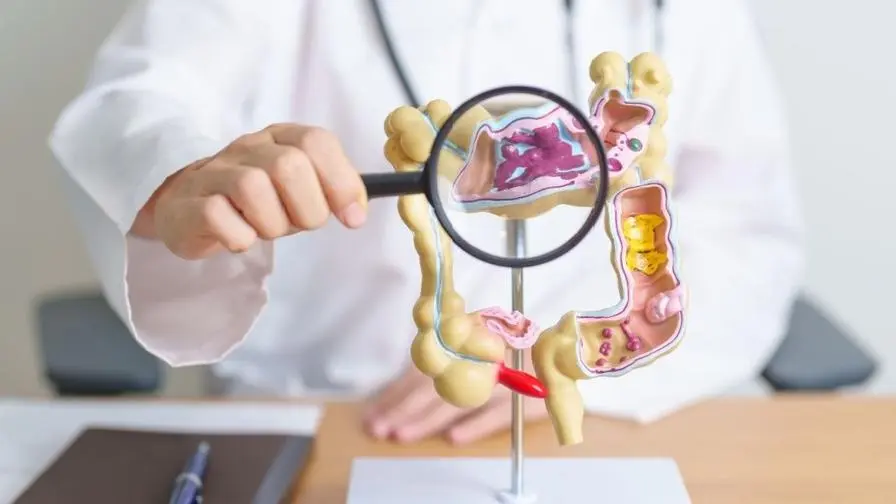Helping cancer decision-making: a new generation of cancer diagnosis and treatment tool "Circulating Tumor Cell Expansion Technology"

The academic paper Exosome-based liquid biopsies in cancer: opportunities and challenges in the internationally authoritative journal “Annals of Oncology” points out that although “tumor specimens” are considered the standard for solid tumor diagnosis. However, tumors are stimulated by the microenvironment and under treatment pressure, causing tumors to evolve rapidly over time. Therefore, it is pointed out that circulating tumor cell (CTC) detection is more effective in treatment decisions than traditional tumor specimens. choose.
Three major problems in cancer decision-making
Cancer patients and their families generally face the following three major problems:
If you don’t take active treatment now, will you regret it later?
With so many cancer treatment options, which one is the best choice?
The patient is in poor physical condition. Will he not be able to withstand the risk of losing his life after one treatment?
Therefore, the most difficult part of cancer treatment is decision-making. Circulating tumor cell (CTC) detection only requires blood drawing to determine the type of cancer by monitoring CTCs, monitor treatment status, and choose the most beneficial treatment option in the future. Treatment modalities are excellent supplementary cancer diagnosis and decision-making tools.
Circulating tumor cell expansion technology CTC
Circulating tumor cells (Circulating tumor cells) are currently a new technology in the diagnosis, staging and treatment of cancer. Circulating tumor cells were first discovered by Dr. Thomas Ashworth in 1869. As the name suggests, some cancer cells that are shed from the cancer site into blood vessels and enter the human cardiovascular circulatory system are called circulating tumor cells.
This is because although the growth of tumor cells depends on the supply of nutrients from the blood, and most tumors are rich in blood vessels, the links between cancer cells are often not tight enough, which leads to the shedding of cancer cells. Although these cells are scarce in the blood, they are considered to be an important basis for cancer metastasis and cancer characterization.
The current clinical application of circulating tumor cells is mainly divided into the following two levels.
Tumor liquid sectioning and cell amplification technology: Both have the advantage of assisting in making the most accurate treatment decisions; the former accurately collects circulating tumor cells through microfluidics and immunofluorescence to obtain active cancer cells; the latter The researchers used 3D circulating tumor cells to expand.
Apply amplification technology to conduct experiments: mainly to control cancer, improve the accuracy and benefit of anti-cancer drug delivery
Three major advantages for treatment decision-making
Advantage 1. Control cancer: The inability of human immune cells to effectively identify cancer cells is the reason why some cancers are out of control. If a large number of tumor cell antigen fragments can be copied through amplification technology, they can be used as materials for human immune cell training. After “devil training”, the recognition rate of immune cells against tumor cells can be improved to achieve the purpose of controlling cancer.
Advantage 2: Improve the accuracy of anti-cancer drug delivery: Cancer treatment usually undergoes tumor drug sensitivity testing.
For example, chemotherapy drugs usually need to be administered for a period of time, and the response will determine whether to continue using the chemotherapy drugs. However, if there is circulating tumor cell expansion technology, a batch of tumor cells can be directly copied for drug sensitivity testing, which can improve the accuracy of chemotherapy drug delivery.
Advantage 3. Favorable treatment decision-making: For the control of cancer cells, there are currently quite a few targeted drugs to choose from, but the targeted drugs must be based on the specific gene fragments of the cancer to be effective, so the tumor cell genes need to be sequenced. Tumor cell gene sequencing can be carried out through amplification technology, which is beneficial to subsequent treatment decisions.
In addition, in the past, tumor cell gene sequencing might have to be sent abroad for testing, which was time-consuming, days-consuming, and expensive. Nowadays, cell expansion technology is available, which takes a short time and is relatively cheap, allowing cancer patients to have more treatment options.
In cancer treatment, decision-making is more important than knife skills. Through the key of cell expansion technology, we provide tumor patients with the greatest support in diagnosis, staging or treatment.
Further reading:





